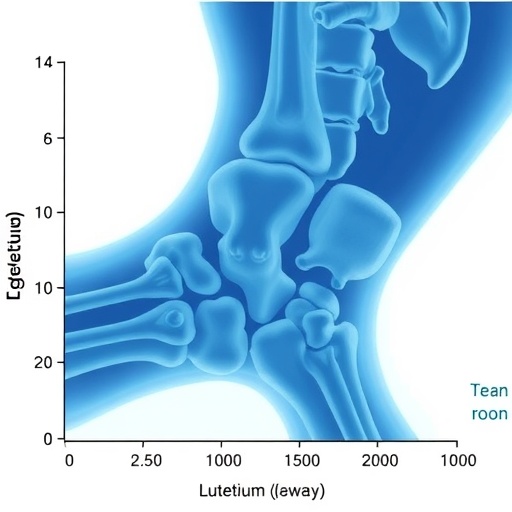
In a groundbreaking study published in Medical Oncology, researchers have unveiled a novel mechanism by which wedelolactone, a natural bioactive compound, induces pyroptosis to suppress retinoblastoma â a malignant tumor of the retina predominantly affecting young children. This discovery not only sheds light on the molecular intricacies of tumor suppression but also positions wedelolactone as a promising therapeutic candidate in oncological interventions targeting pediatric ocular cancers. The study intricately ties the antitumor effect of wedelolactone to its ability to inhibit the Nrf2/Keap1 signaling pathway, providing a fresh perspective on how cellular antioxidant systems interlace with programmed cell death mechanisms such as pyroptosis.
Retinoblastoma has long posed a clinical challenge due to its aggressive nature and potential to cause vision loss or even mortality if not appropriately managed. Traditional therapies, including chemotherapy, radiotherapy, and enucleation, though effective to an extent, come with significant side effects and potential lifelong complications. This has necessitated the exploration of alternative molecular targets that can specifically induce cancer cell death without harming surrounding healthy tissues. Wedelolactone, derived primarily from the medicinal plant Eclipta prostrata, has previously demonstrated anti-inflammatory and anticancer properties, yet its precise mode of action in retinoblastoma cells remained elusive until now.
Central to this study is the
Tags: alternative cancer treatments for retinoblastomaanticancer properties of wedelolactoneEclipta prostrata medicinal usesinnovative therapies for malignant tumorsmolecular targets for cancer therapynatural bioactive compounds in oncologyNrf2/Keap1 signaling pathwaypediatric ocular cancer therapiesprogrammed cell death in tumorsretinoblastoma treatment strategiestumor suppression in childrenwedelolactone pyroptosis mechanism




